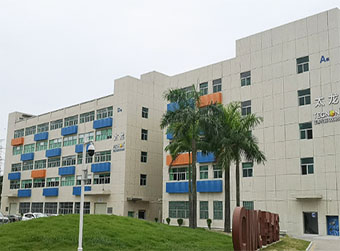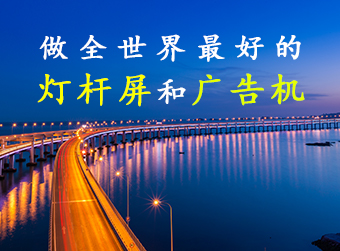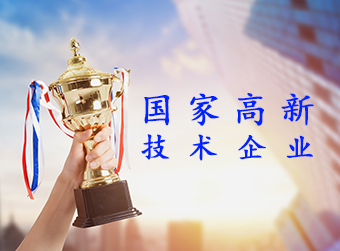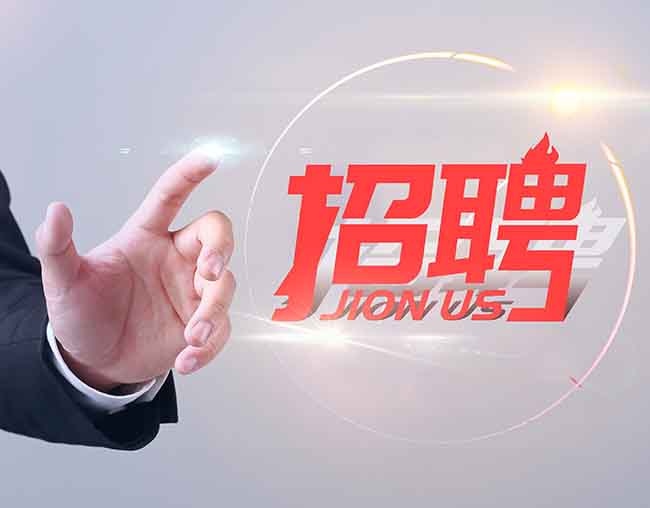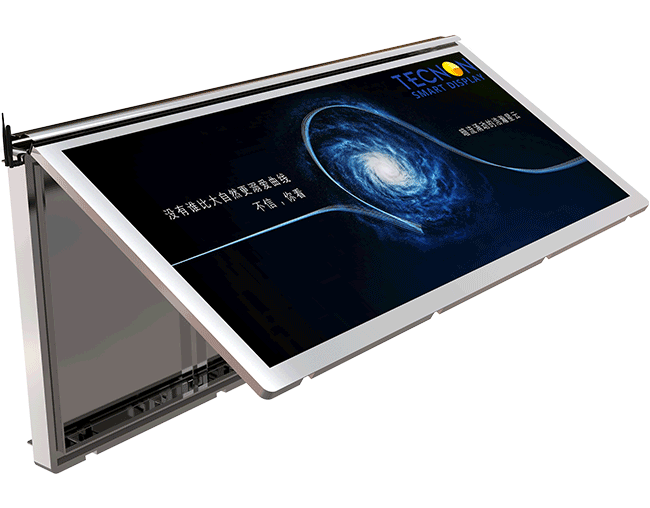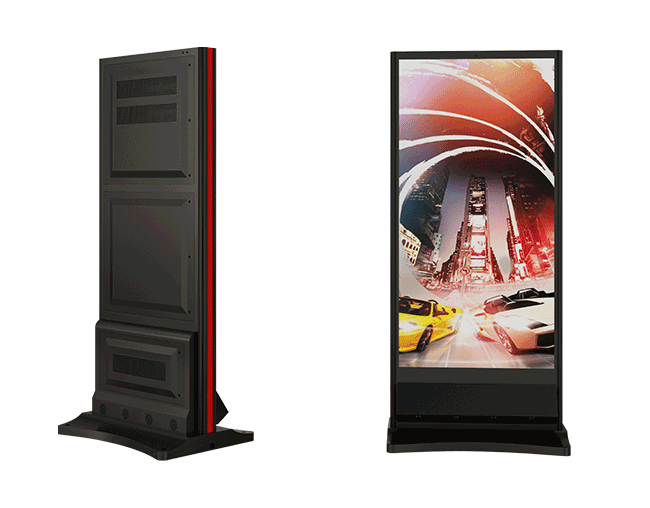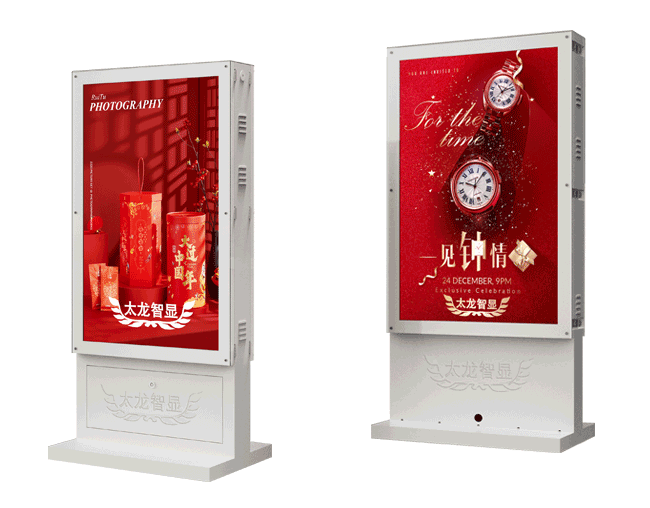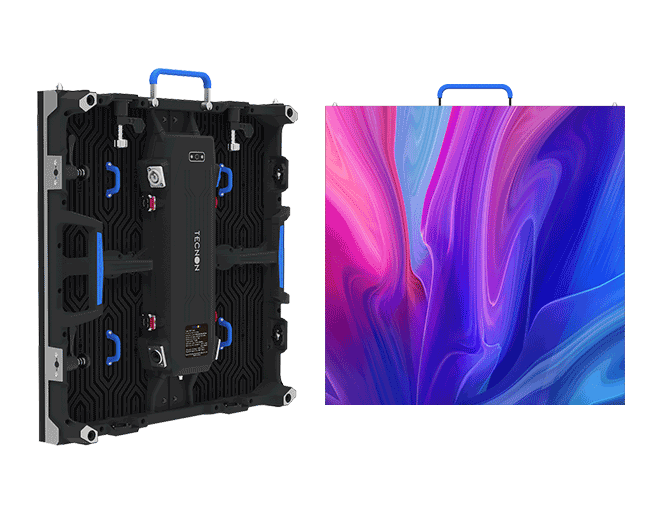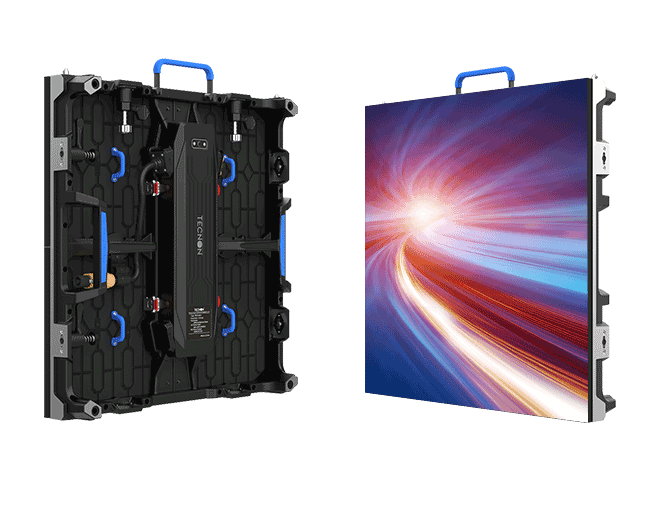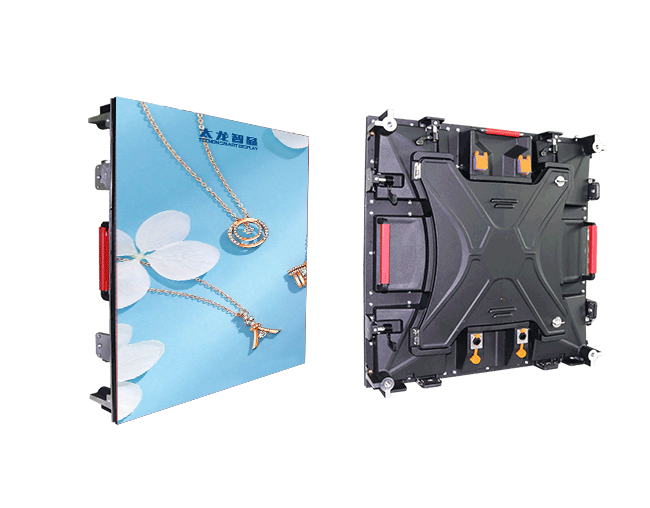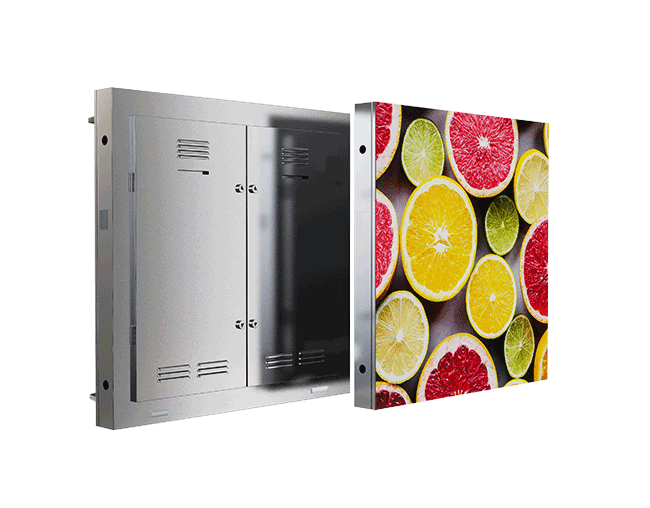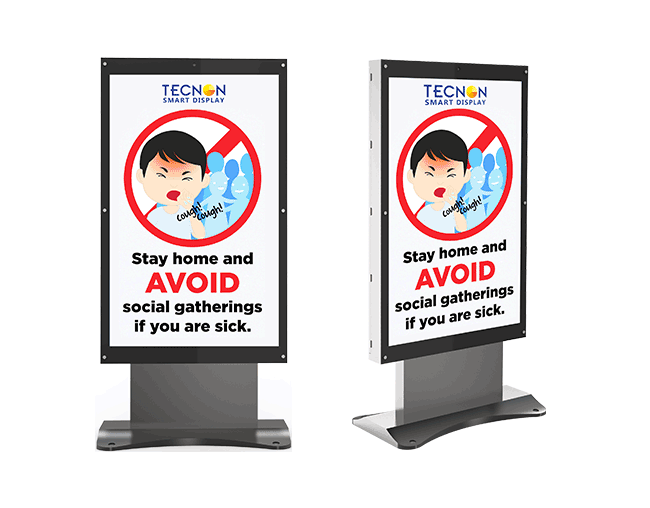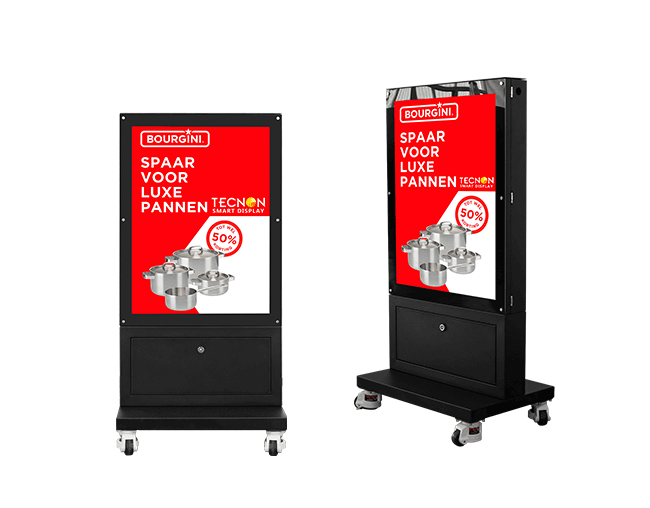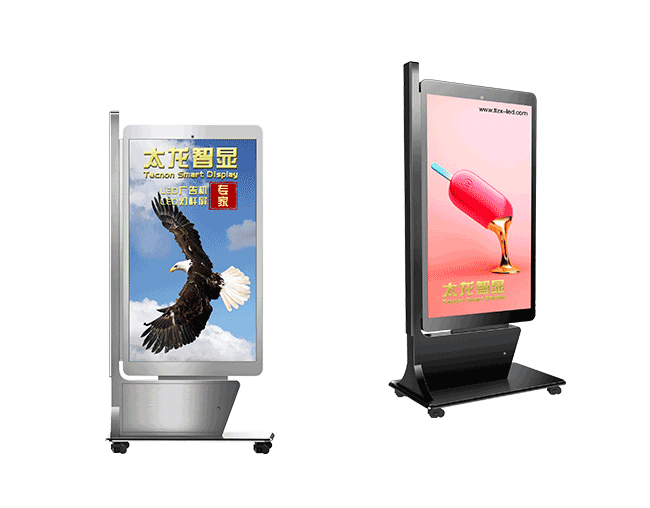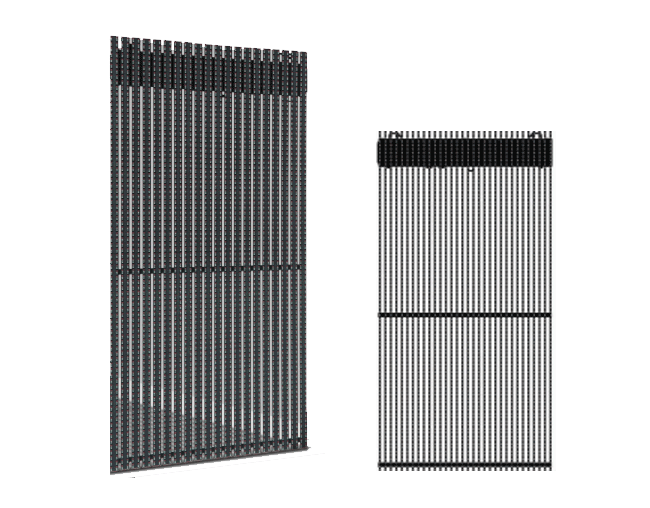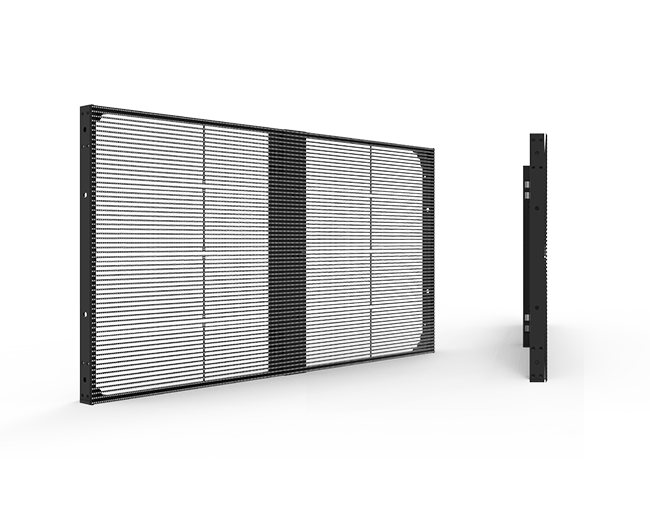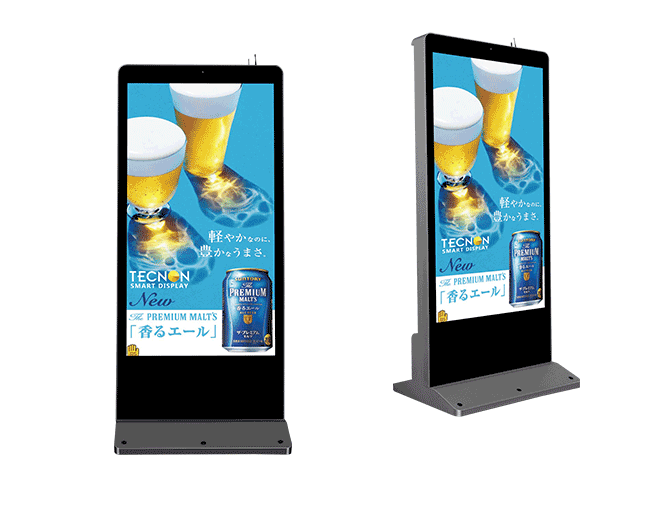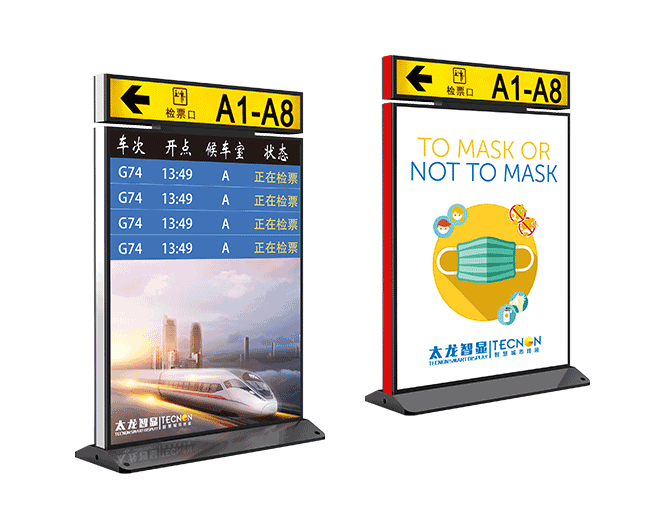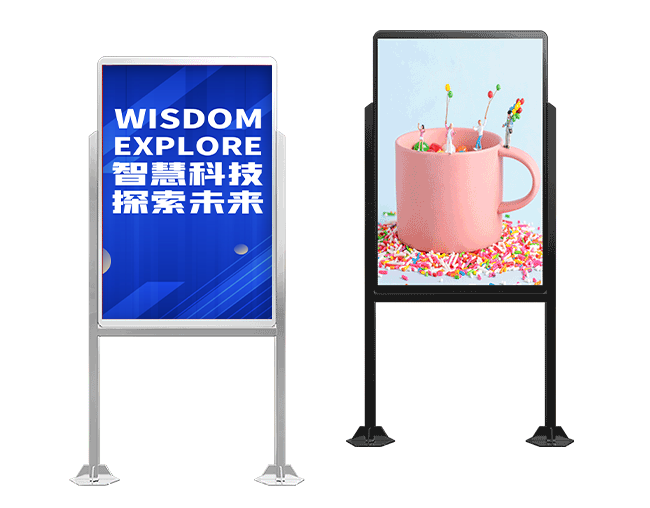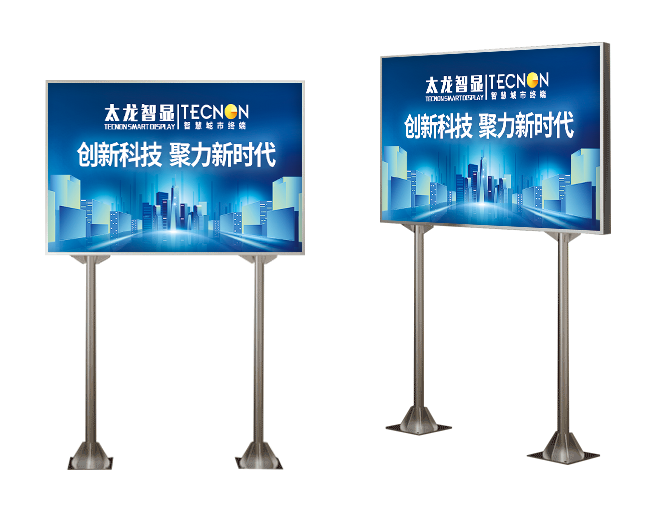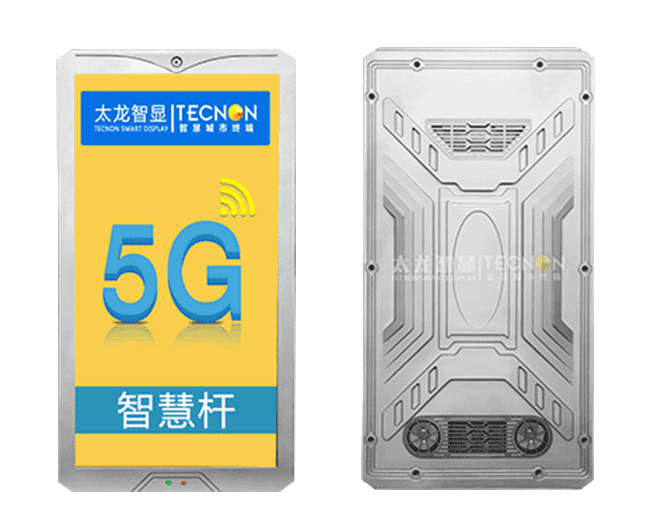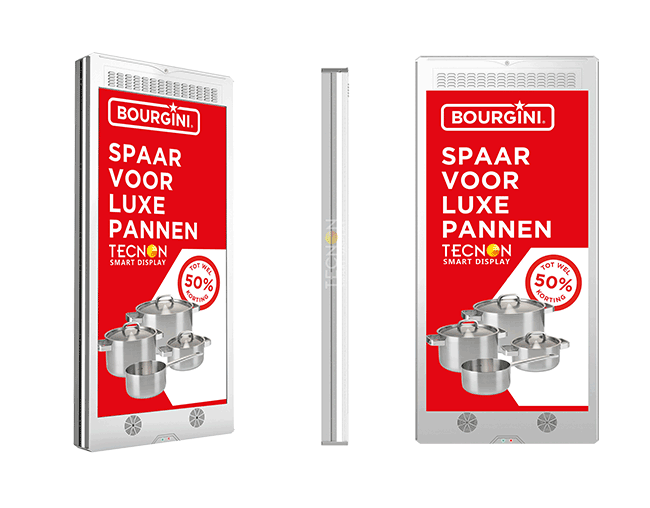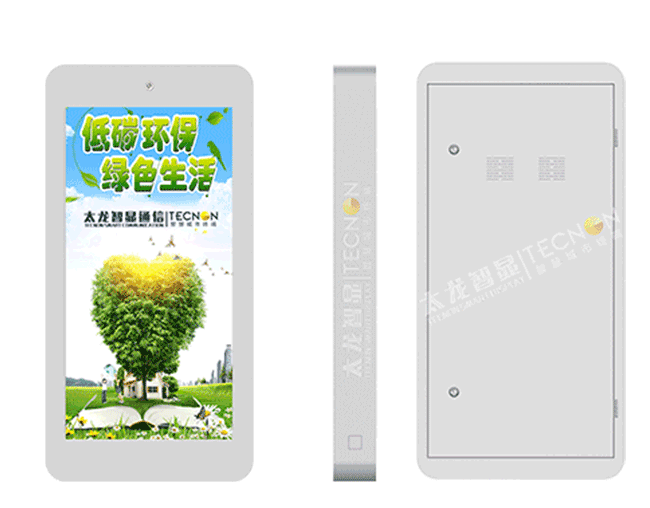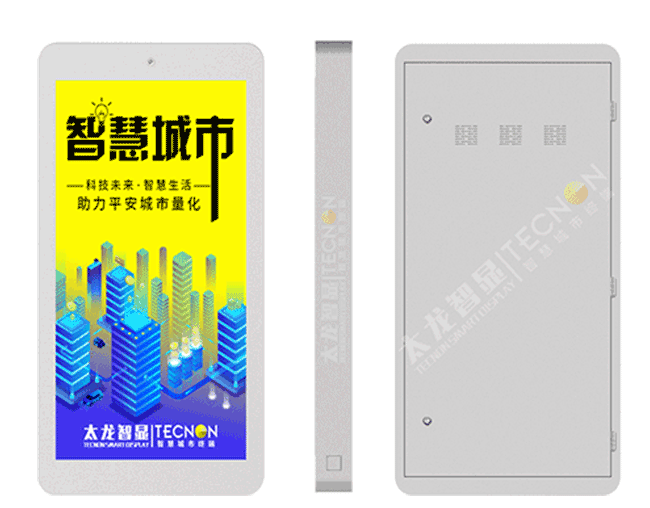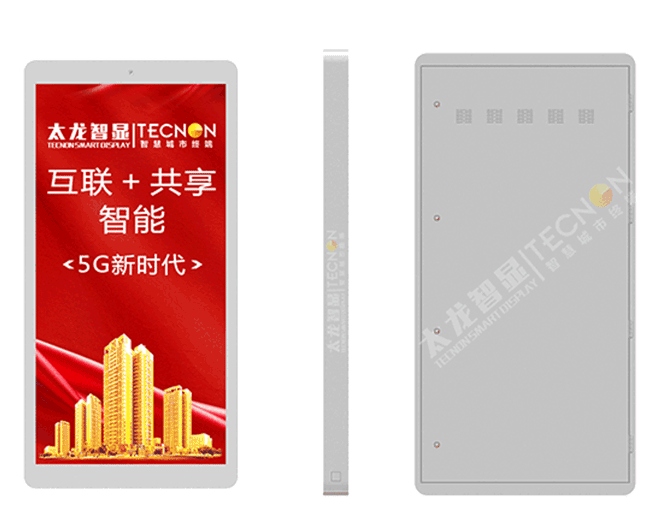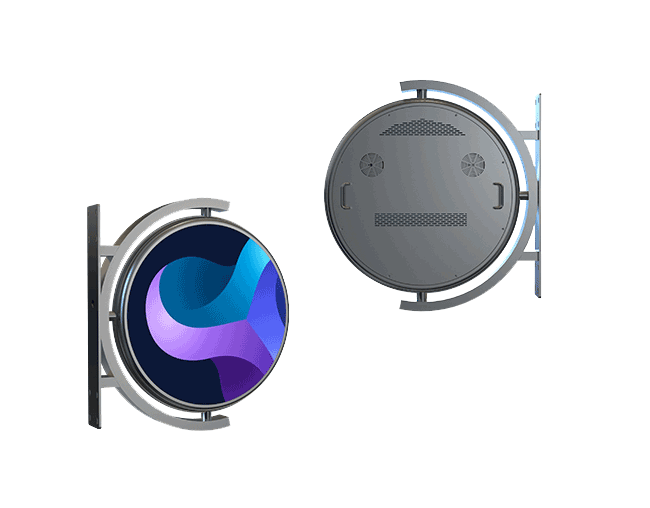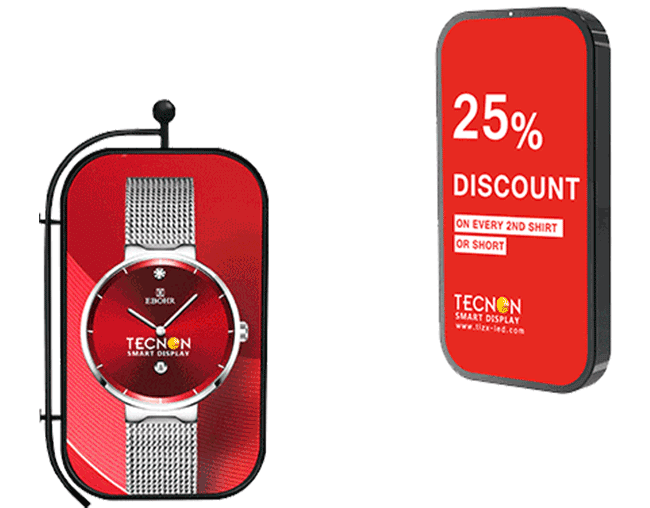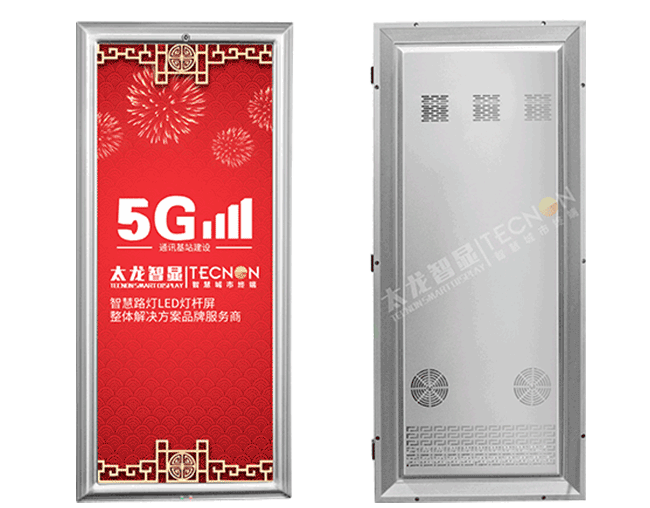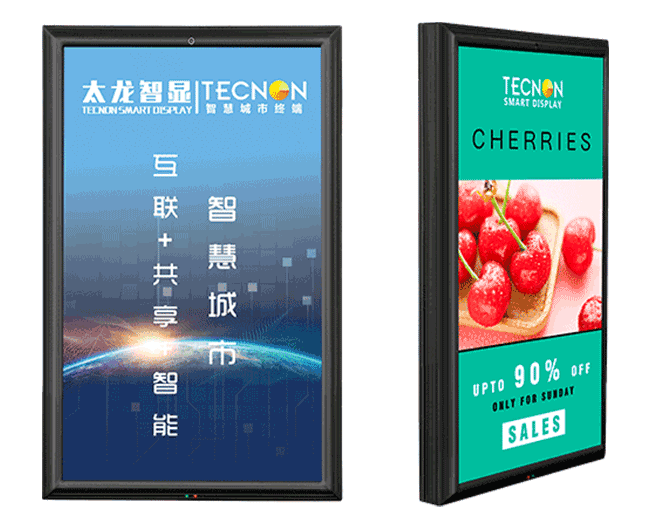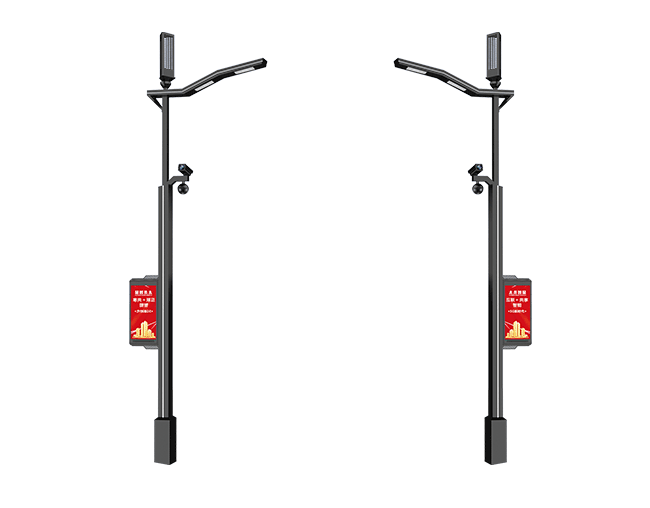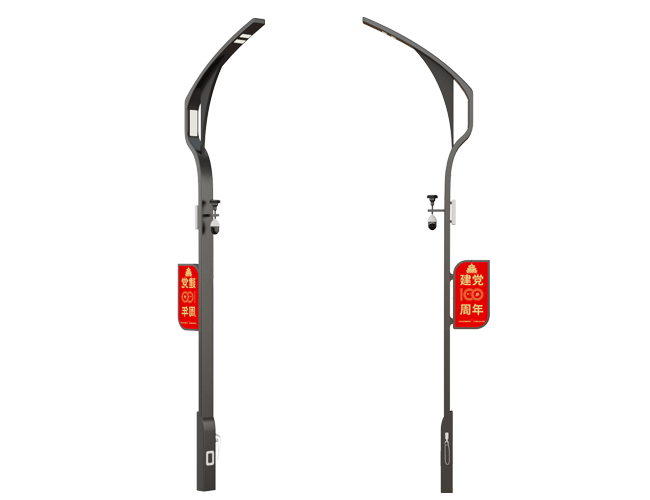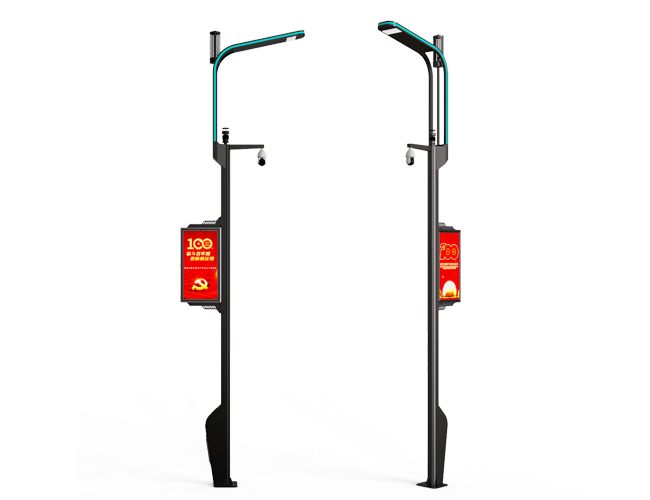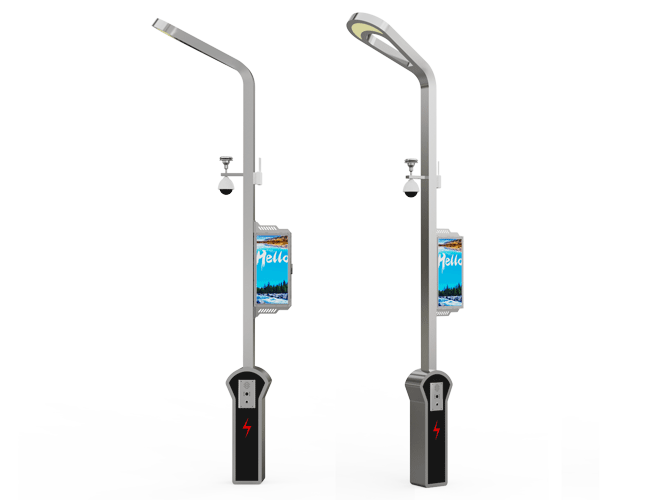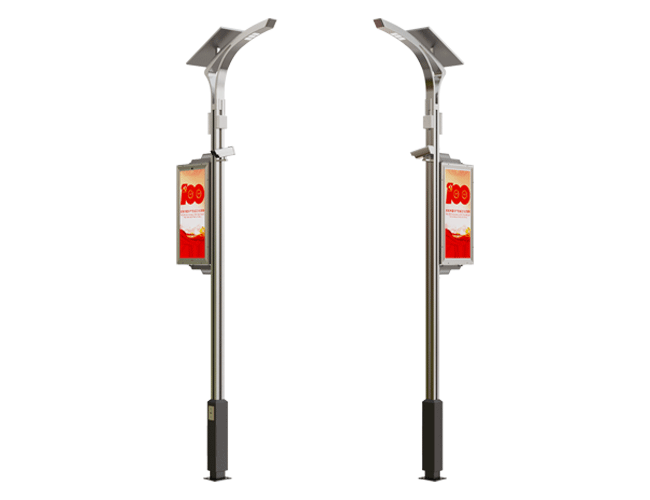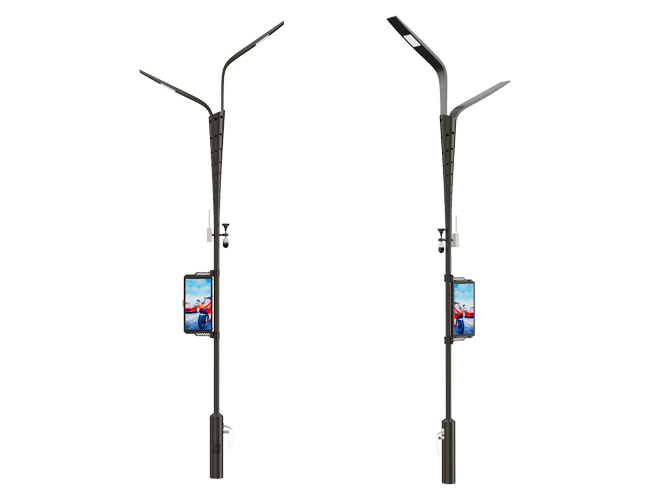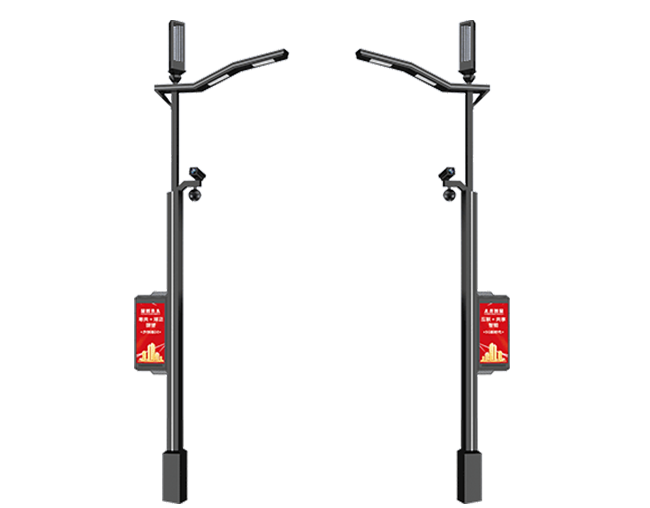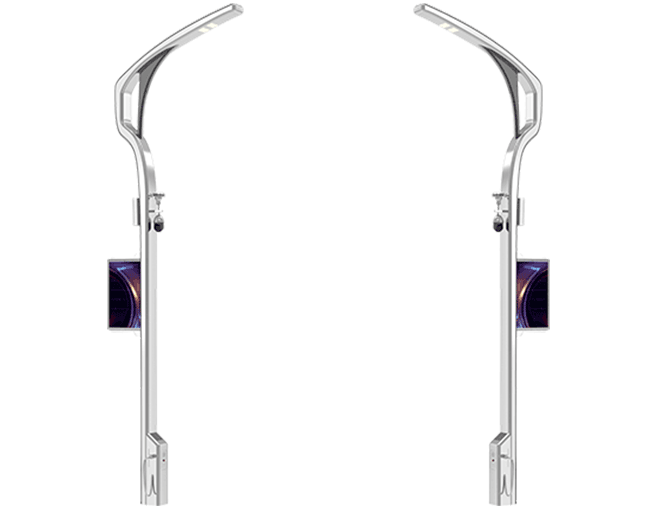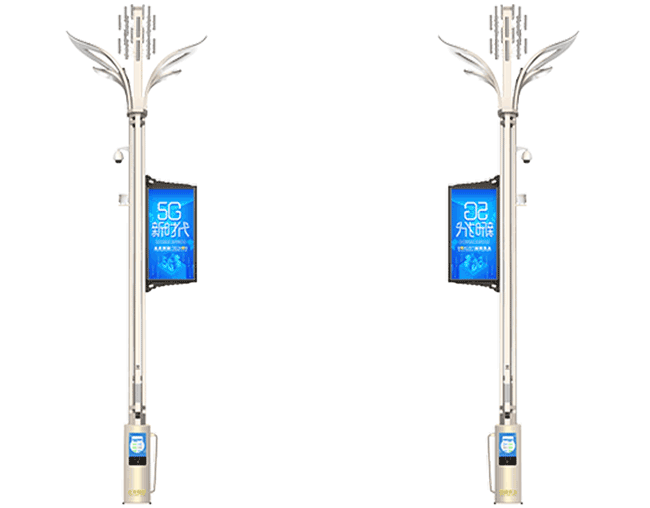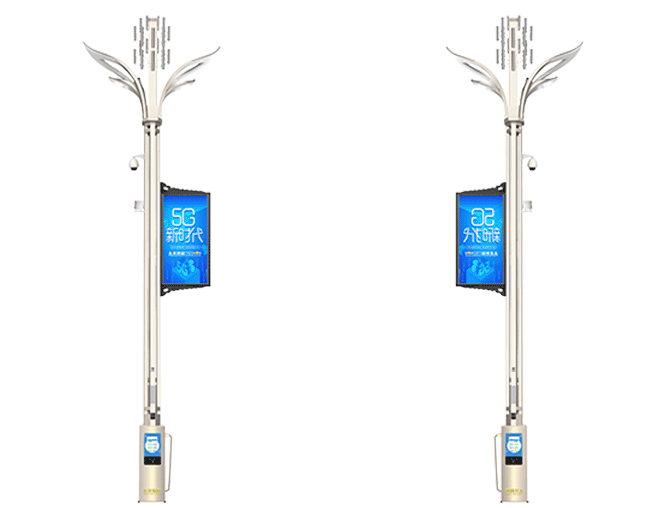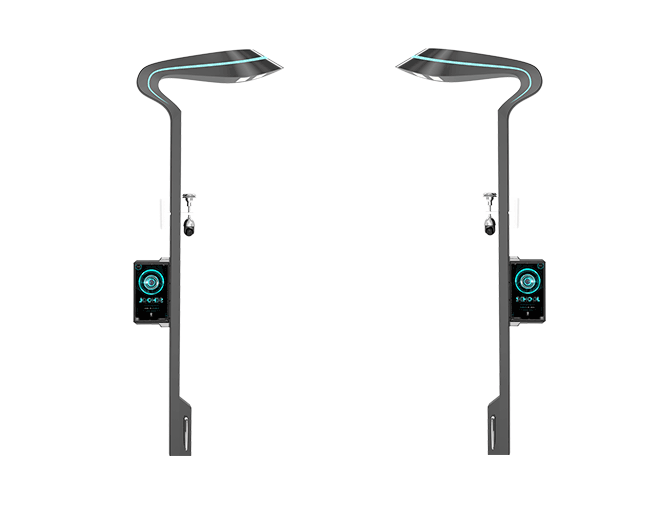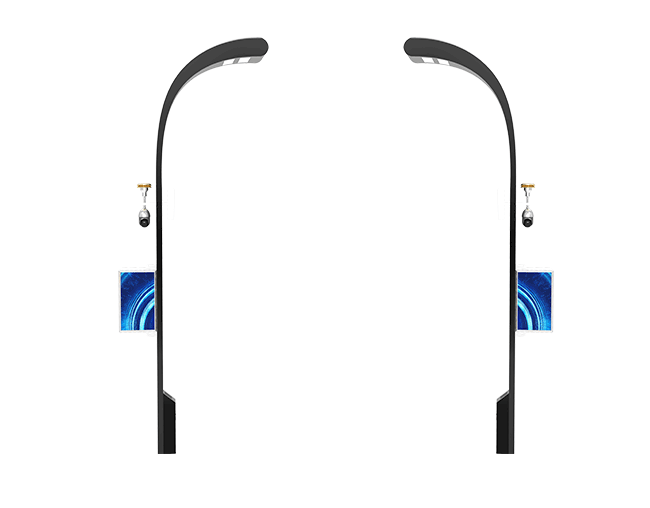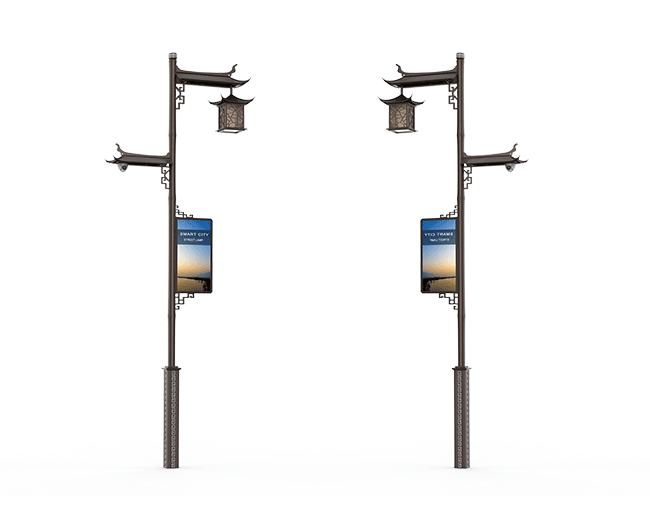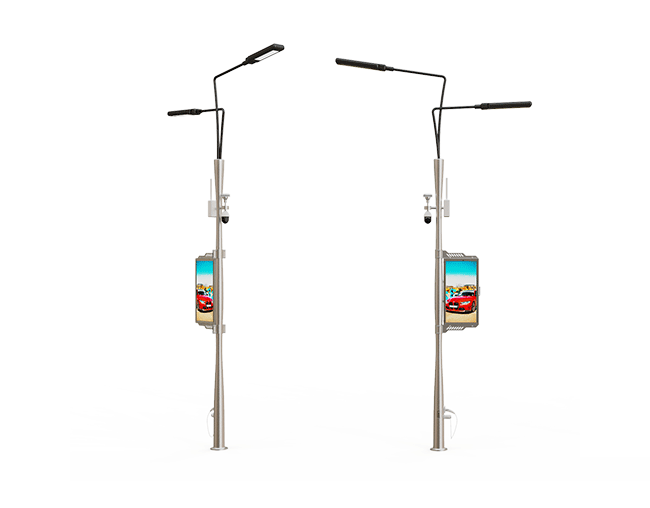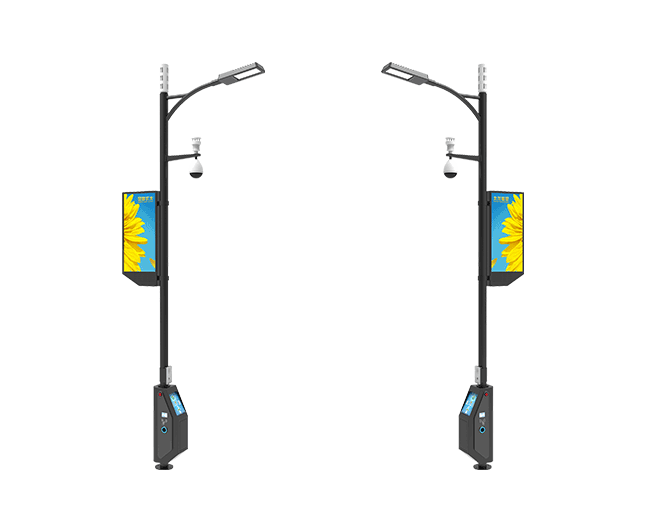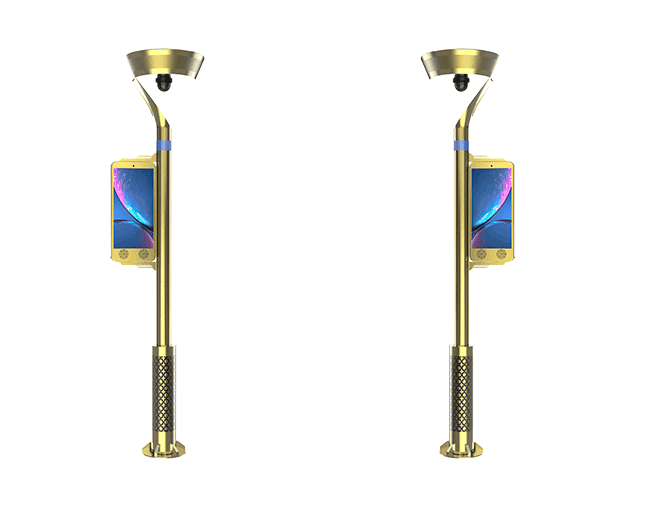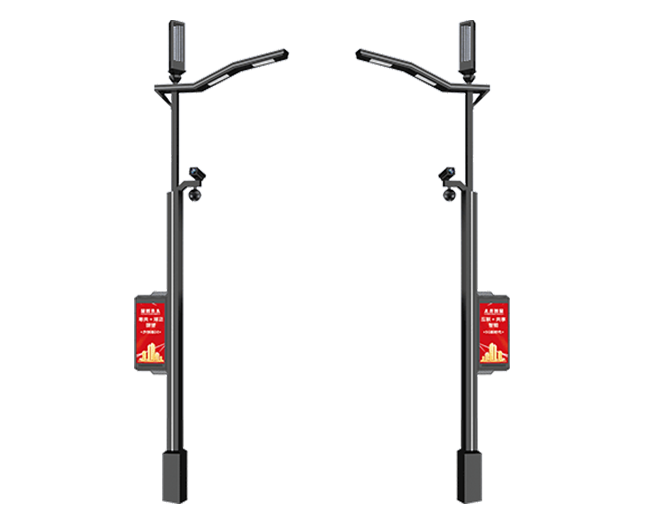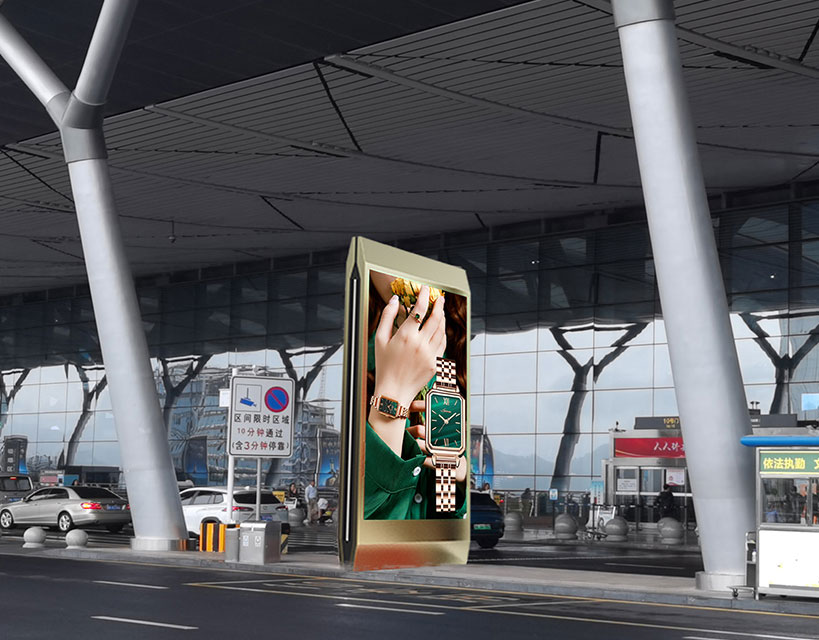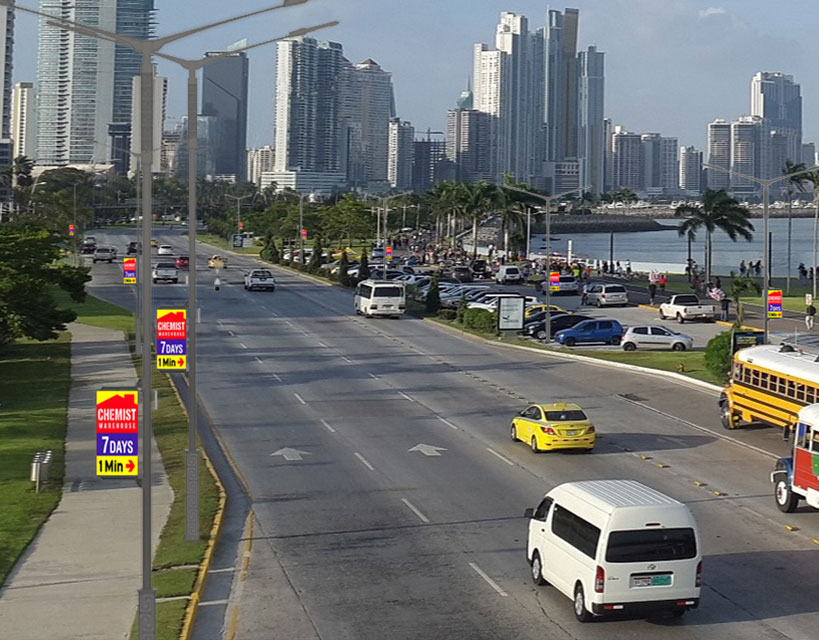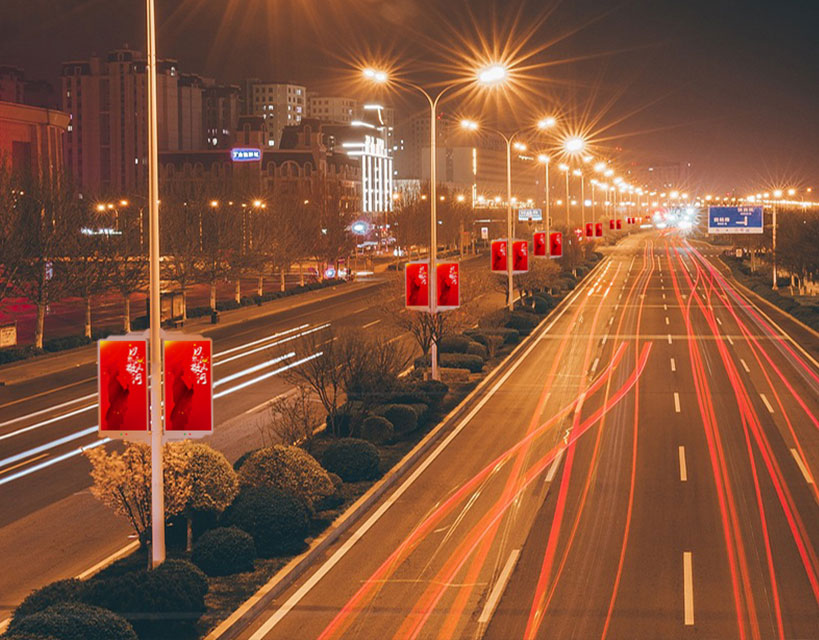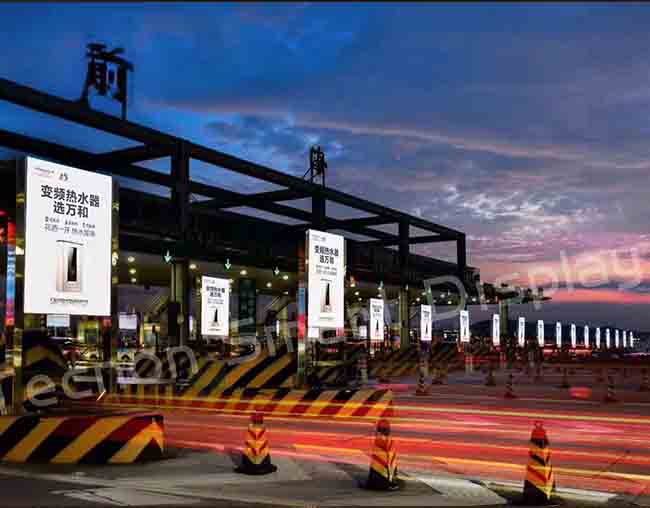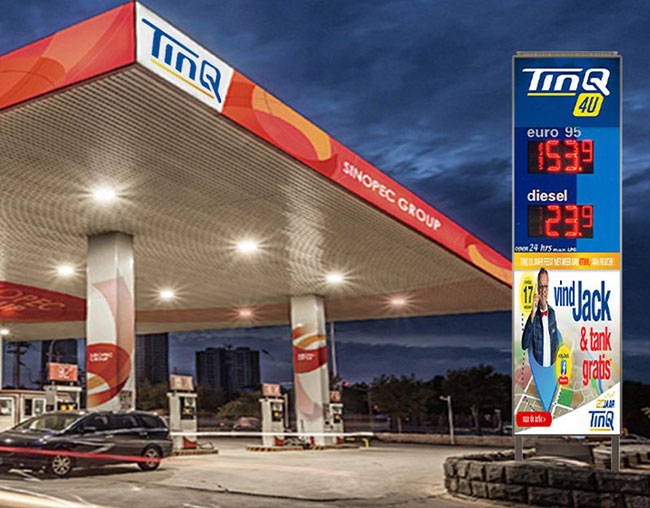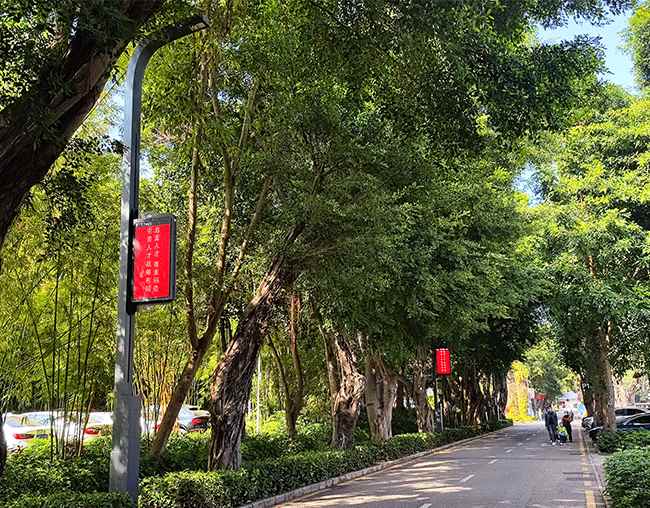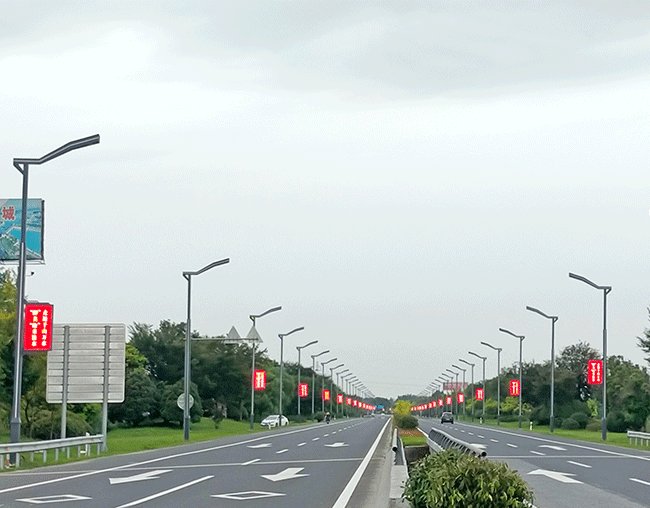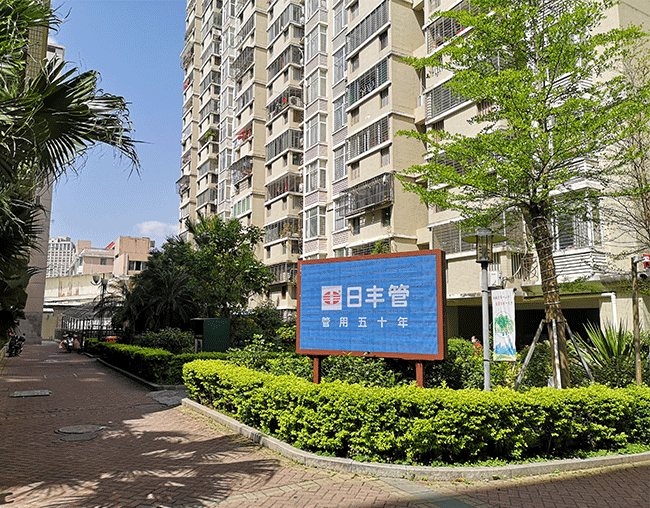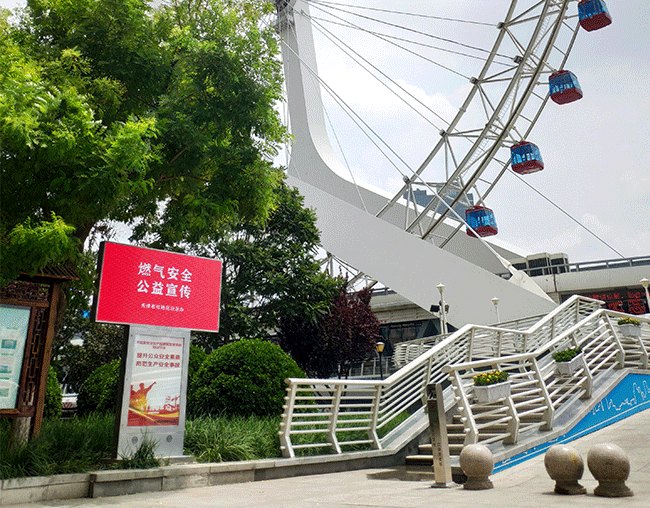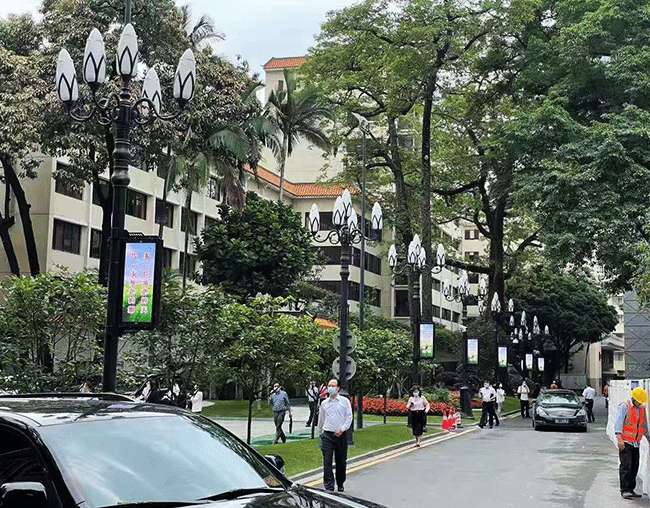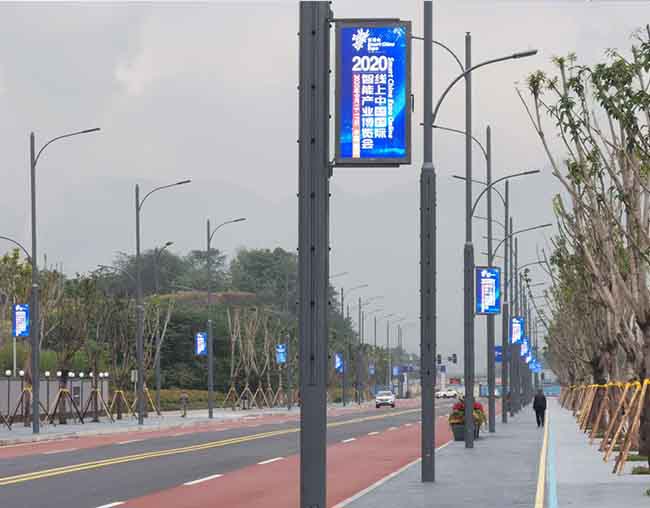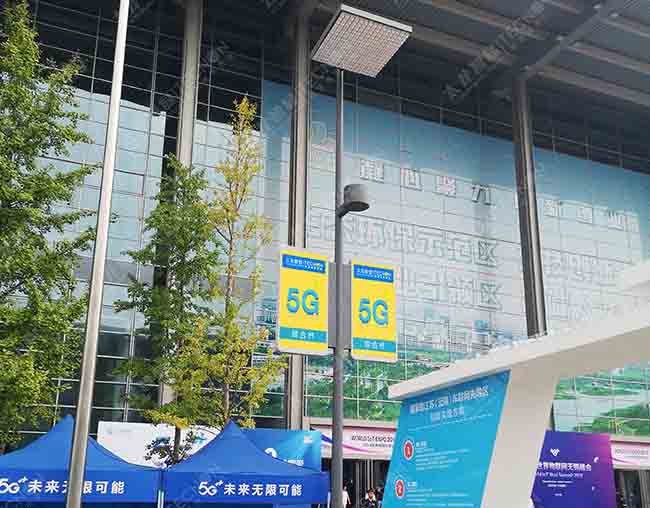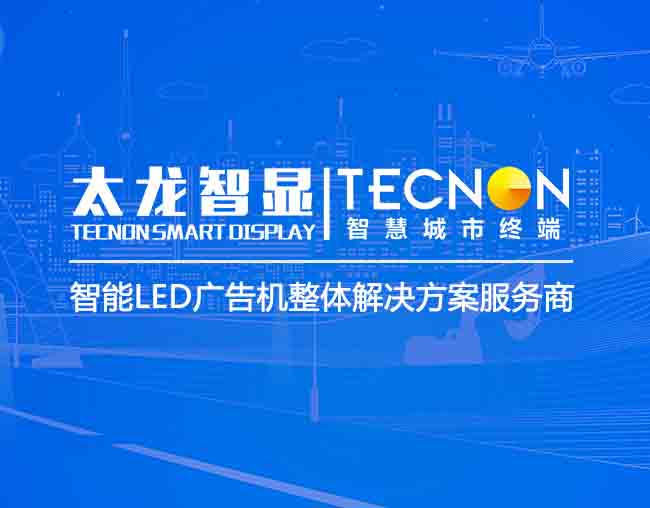The whole industry chain paves the way for the development of smart light poles
In the wave of smart city construction, smart light poles, as key infrastructure, are playing an increasingly important role. It is not only a carrier of urban lighting, but also a comprehensive intelligent terminal integrating multiple functions such as communication, transportation, and environmental monitoring. The construction of the whole industry chain model provides strong support for the development of smart light poles and paves a path for sustainable development.
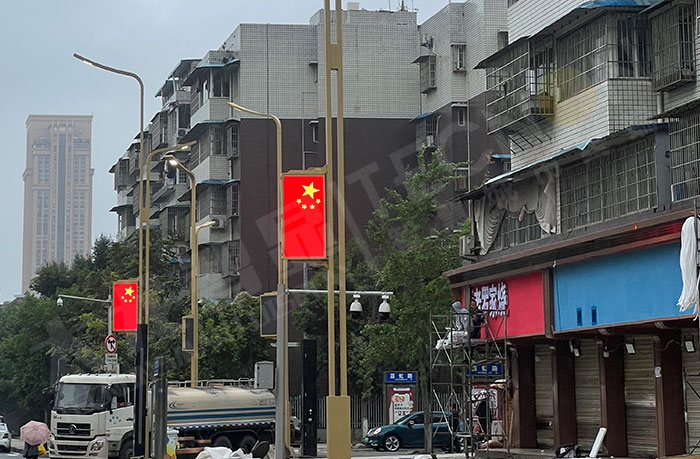
The smart light pole industry chain covers multiple links from upstream raw material supply and parts manufacturing to midstream product research and development, production and manufacturing, and downstream system integration, operation and maintenance, and application services. In the upstream link, raw material suppliers provide basic materials such as steel and aluminum alloy to lay the foundation for the manufacture of light poles. At the same time, key components such as LED light pole screens, sensors, and communication modules, the quality and performance of these components directly affect the functional realization and overall quality of smart light poles.
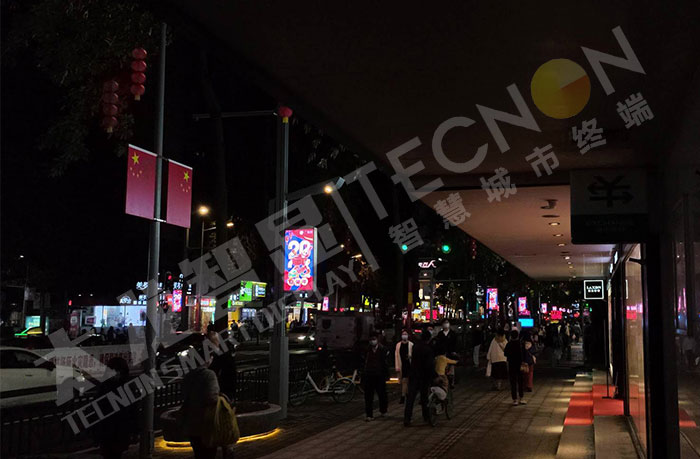
The midstream research and development and production links are crucial. R&D institutions and enterprises have invested a lot of resources in research and development innovations in intelligent lighting control technology, sensor technology, and communication technology. By continuously optimizing design and technology, smart light pole products that meet the needs of different scenarios are produced. Manufacturers combine raw materials and components precisely to create durable and functional smart light poles. System integrators are responsible for integrating various functional modules such as lighting systems, sensors, and communication systems so that they can work together and seamlessly connect with urban management systems to achieve data sharing and functional linkage.
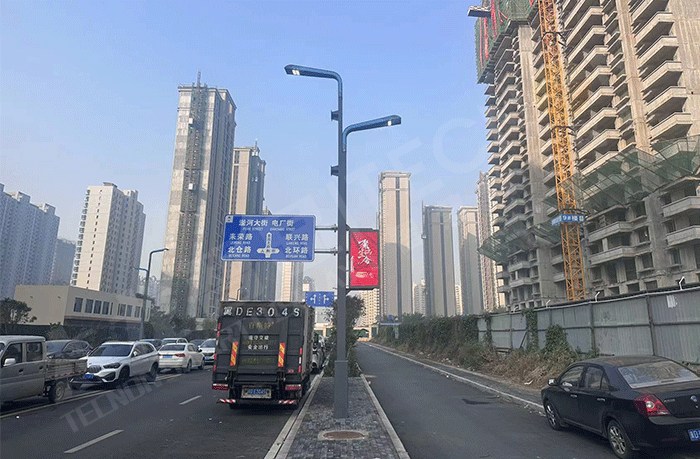
Downstream operation and maintenance and application services are the key to the value of smart light poles. The operation and maintenance team is responsible for daily inspections, fault repairs, equipment updates, etc. of smart light poles to ensure their stable operation. Application services cover multiple areas of urban management, such as providing decision-making basis for environmental protection departments through collected environmental data, and optimizing traffic signal timing using traffic flow data. The marketing and sales links are responsible for bringing smart light pole products to the market and increasing their market share and brand awareness.
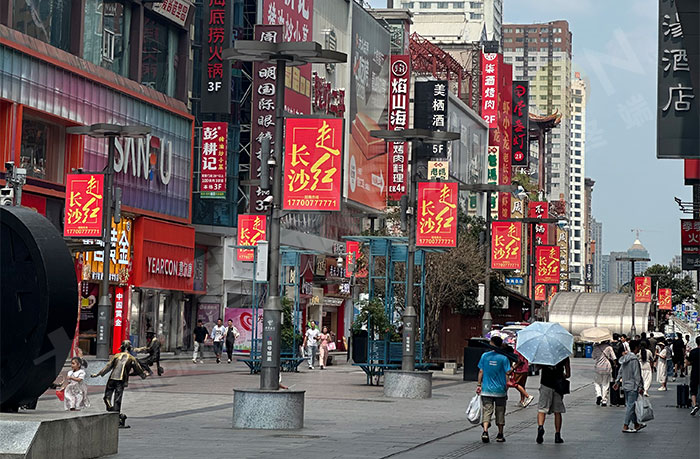
At present, my country's smart light poles have passed the pilot construction stage and entered a period of large-scale construction and development. From a policy perspective, the national and local governments attach great importance to the development of smart light poles. Especially driven by the large-scale deployment of 5G, the construction needs such as co-construction and sharing, and the integration of multiple poles have prompted the introduction of relevant supporting policies. In 2023, 11 provinces (cities) including Jiangsu, Guangdong, and Fujian clearly proposed to support the construction and deployment of smart light poles. As of September 2024, almost all provinces or municipalities in the country have issued more than 160 local policy documents involving the construction of smart light poles.
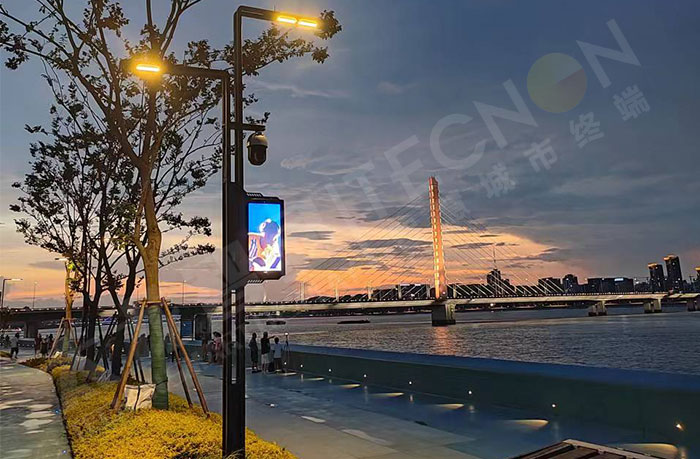
At the construction level, driven by policies, my country's smart light pole construction is steadily moving towards scale. In addition to the vigorous promotion of first- and second-tier cities, some third- and fourth-tier cities also deploy smart light poles in parks, squares, commercial streets and other crowded areas according to their own economic development levels and management needs. As of the end of December 2023, there were more than 1,100 smart light pole projects open for bidding nationwide, involving nearly 400,000 sets of smart light poles.
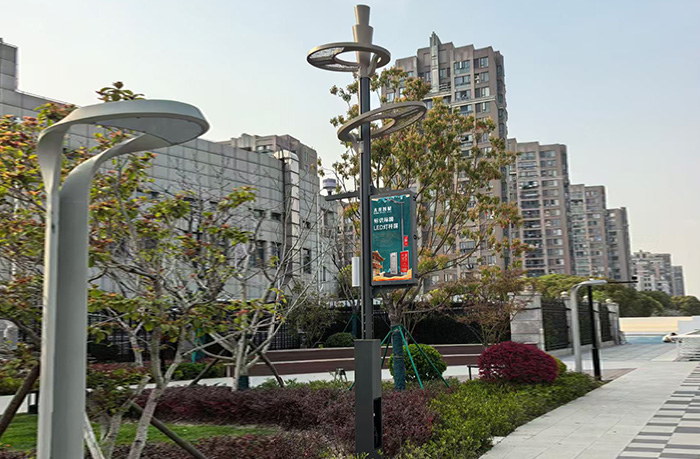
The government also plays a key role in the development of the entire industrial chain. Policy guidance should be strengthened, unified standards and specifications for the construction and operation of smart light poles should be formulated, and the coordinated development of all links in the industrial chain should be promoted. We should increase support for technology research and development, set up special scientific research funds, and encourage enterprises and scientific research institutions to tackle key technologies. Through government procurement of services and other means, we should cultivate and expand the operation and maintenance market and promote the sustainable development of the smart light pole industry.

The full industrial chain model is the only way for smart light poles to achieve high-quality and sustainable development. Through collaborative innovation and close cooperation in all links of the industrial chain, we can effectively solve many problems currently facing the development of smart light poles, improve their technical level, operational efficiency and market competitiveness, provide more solid support for the construction of smart cities, and let smart light poles shine the light of wisdom in every corner of the city, creating a more convenient, efficient and beautiful living environment for people.




